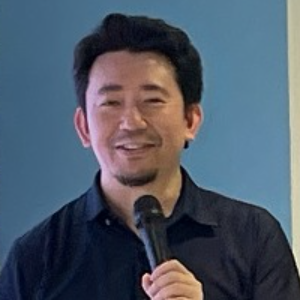Title: Extraction and consideration of factors related to the continued use of communication robots using factor analysis
Abstract:
AI technology, which has undergone rapid technological evolution, has recently had a major impact on the development and utilization of robotics technology. This study focuses on the utilization of communication robots in the medical field, and it aims to extract the current status of communication robots in the medical field and the perspectives necessary for their continued use. We had conducted a 52-item questionnaire on the utilization of communication robots at medical institutions and other institutions. As a result, 44 responses were obtained, which represents a response rate of 2.9%. Although statistical analysis of the results was not possible due to the insufficient response rate, factor analysis was applied to examine the relationship between the question items and the clusters of response data, and it was confirmed that unsupervised learning was realized that could find a certain relationship between data clustering and related question items by verifying the association between factors with high contribution rates. As a result, factors that lead to the continued use of communication robots are extracted and considered. In particular, our results showed that questions related to voice recognition and questions related to the likelihood of breaking during daily use were clustered as important factors for continued use, and that the affection of the user and the understanding concerning to robot of superiors were important factors for continued use. The results of the factor analysis are summarized below. The cumulative contribution rate of the seven factors is approximately 50%.
Factor 1:(10.16%)
Speech recognition is not possible (for both the patient and the robot)
(Patient factors, Robot factors)
Factor 2:(8.90%)
Concerns about breakdowns and safety (Individual factors)
Factor 3:(8.77%)
Motivation for self-improvement (Individual factors)
Factor 4:(6.62%)
High awareness among staff and the environment and organization that can utilize cutting-edge technology (Environmental factors, Individual factors)
Factor 5:(5.50%)
Clarification of successful experiences/introduced robots affect learning opportunities (Individual factors, Environmental factors)
Factor 6:(5.30%)
Dementia patients are likely to respond to robots (Individual factors)
Factor 7:(5.21%)
Game functions are effective for certain types of people (those whose cognitive abilities are maintained to a certain degree) (Individual factors)
Acknowledgment: This work was supported by JSPS KAKENHI Grant Numbers JP24K13639, JP24K14157, JP23K27920



